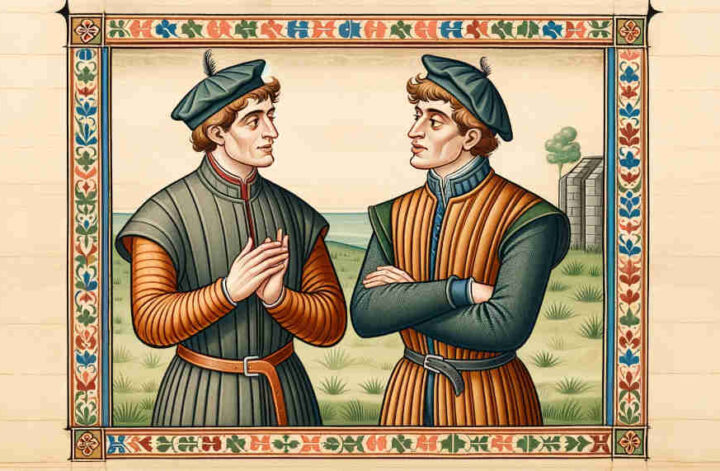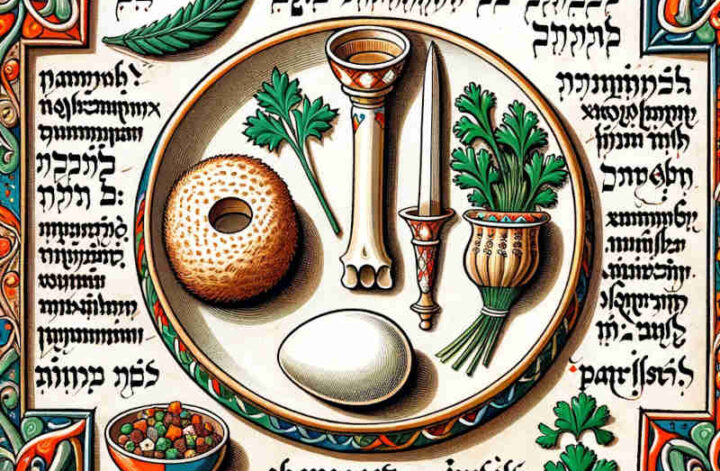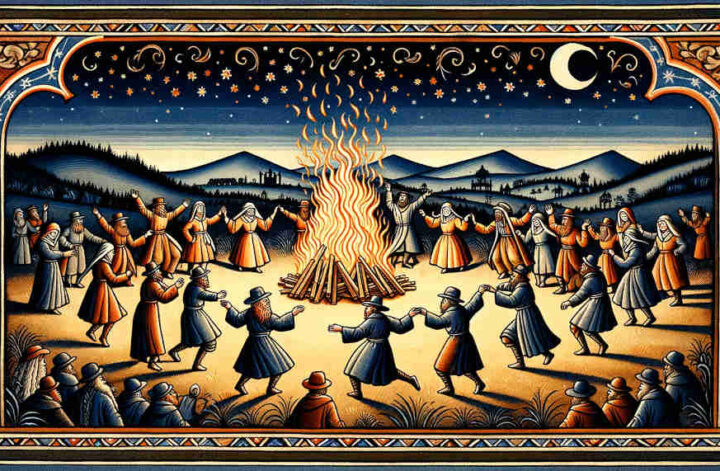Email from Sarah Green:
Dear Rabbi Joshua,
With Shavuot approaching, I was wondering about the proper way to greet someone for the holiday. Is it okay to say “Happy Shavuot” or is there a more traditional greeting?
Thanks,
Sarah Green
Traditional and Contemporary Shavuot Greetings
Dear Sarah,
Your thoughtfulness in wanting to use the appropriate greeting for Shavuot is commendable. Let’s explore both traditional and contemporary ways to wish someone well for this joyous holiday.
Traditional Greetings: In Hebrew, a traditional greeting for Shavuot is “Chag Shavuot Sameach” (חג שבועות שמח), which translates to “Happy Shavuot Festival.” This greeting emphasizes both the joy of the holiday and its status as a chag, or festival, in the Jewish calendar.
Contemporary Greetings: Saying “Happy Shavuot” in English is perfectly acceptable and is a wonderful way to express your good wishes for the holiday. It’s a straightforward, warm, and friendly greeting that is easily understood by everyone, regardless of their level of observance or familiarity with Hebrew.
The Meaning of Shavuot: Shavuot commemorates the giving of the Torah at Mount Sinai and is also linked to the harvest season in ancient Israel. It’s a time of gratitude, reflection, and joy. Any greeting that conveys these themes of happiness, renewal, and celebration is appropriate for the occasion.
Inclusiveness in Greetings: When greeting someone for Shavuot, it’s also considerate to be mindful of their background and observance level. A simple “Happy Shavuot” is inclusive and fitting for both those deeply familiar with the holiday and those who may be learning about it for the first time.
In conclusion, Sarah, whether you choose to use the traditional Hebrew greeting “Chag Shavuot Sameach” or the more contemporary “Happy Shavuot,” your intention to share joy and celebrate the holiday is what truly matters. Both greetings are appropriate and convey warm wishes for this special time.
With blessings and joy for the upcoming Shavuot,
Rabbi Joshua


